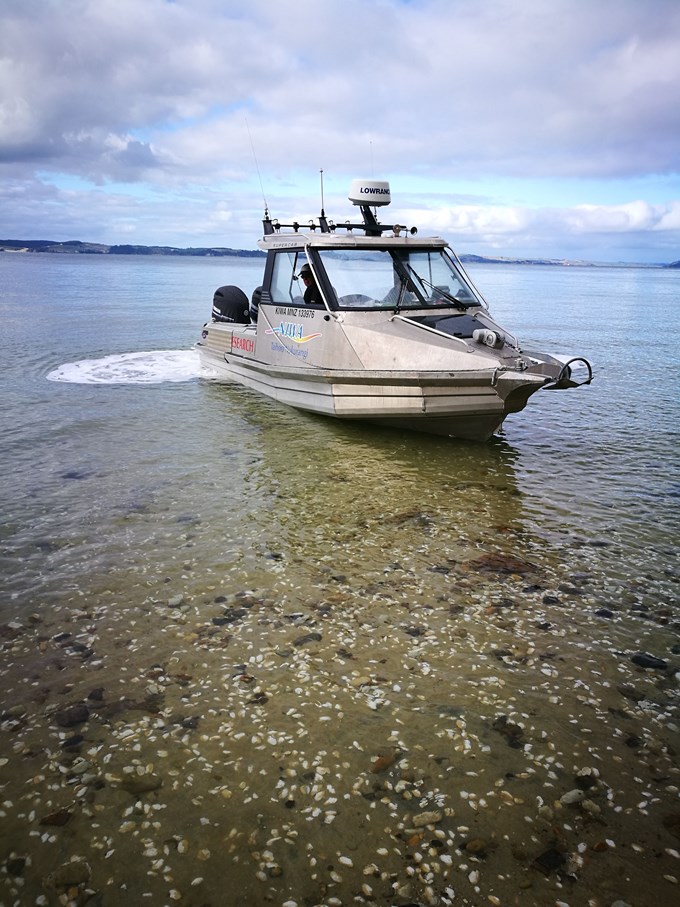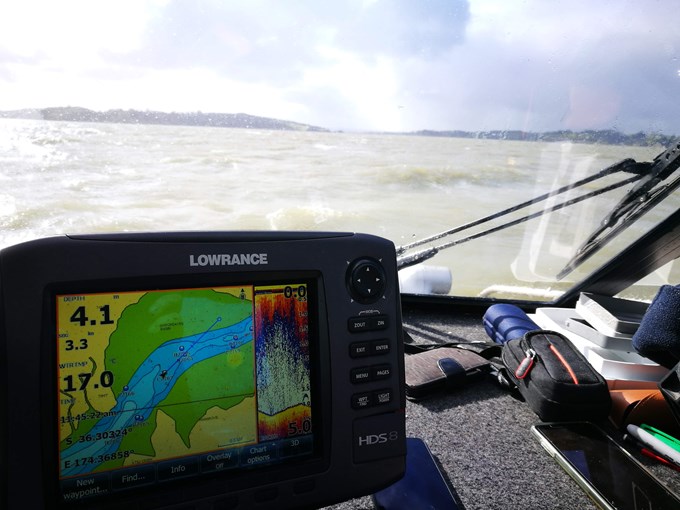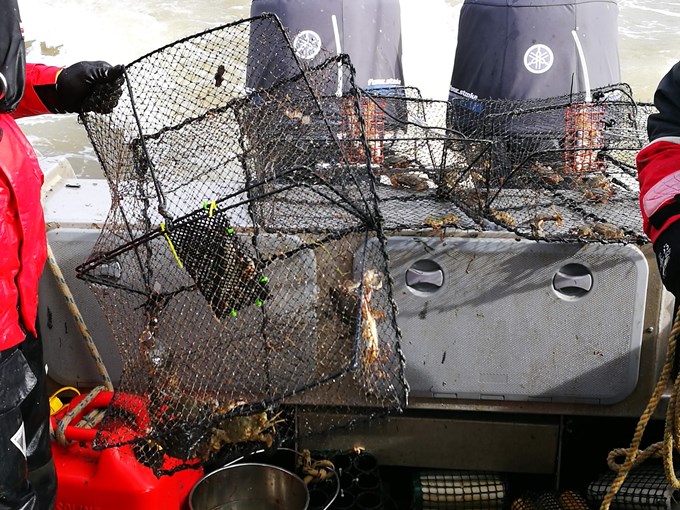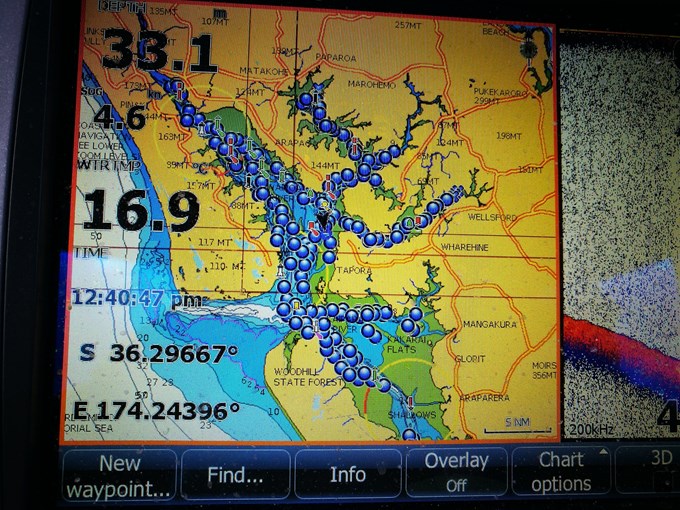The Manukau and Kaipara harbours are often seen as the poor relation to the sparkling Waitematā. Wild and unpredictable with treacherous bars and windblown mudflats, the waters are breeding grounds for several shark species such as the great white shark and bronze whaler, a stopping off point for the migratory godwit and home to the endangered dotterel and wrybill.
In May this year, Auckland Council teamed up with the Ministry of Primary Industries and Northland Regional Council to understand the current state of the harbours. Baseline surveys of both harbours were last conducted in 2006.
Scientists have been scouring the Kaipara and Manukau harbours for the presence of new harmful marine pests, and already established pests including Mediterranean Fanworm, Asian paddle crab and Australian droplet tunicate.
These pests can easily be transported between regions and across coasts quickly, establishing themselves and challenging native species.
“We have limited control methods for marine pests, so it is important to carry out surveillance in our marine environment to make sure we pick up new pests sooner rather than later. This ups our chances of managing the pest impact and spread before it becomes established,” says Samantha Happy, Senior Marine Biosecurity Advisor.
The work was undertaken by NIWA using diver searches, crab traps, seafloor sampling and shore searches, with special attention paid to man-made structures such as wharf piles. In addition, the use of a remotely operated underwater vehicle (ROV) as a survey tool was trialed during the Kaipara Harbour survey.
The harbour surveys detected no new-to-New Zealand marine species, however, for the first time the Asian paddle crab, Charybdis japonica, was found to be present in the Manukau Harbour. A number of suspect marine organisms from both harbours were sent away for expert analysis, of which 11 were confirmed as being non-indigenous species in the Manukau, and nine in the Kaipara.
“We need to understand our marine ecosystems to better protect them. This exciting project has informed us of what pests are where, and highlighted the fact that these harbours are not yet home to several marine pests present on our east coast, such as the Mediterranean fanworm. We need to do everything we can to prevent pests finding their way to new areas,” explains Sam.
Auckland Council’s contribution to this research was largely funded through the Natural Environment Targeted Rate, which has enabled the Marine Biosecurity Programme at Auckland Council to expand significantly.
The results will be available later in the year as a technical report and will be used to inform the work done by Auckland Council’s Marine Biosecurity team.
Additional information on all aspects of marine pest surveys can be found at www.marinebiosecurity.org.nz and you can also learn more at marinepests.nz





